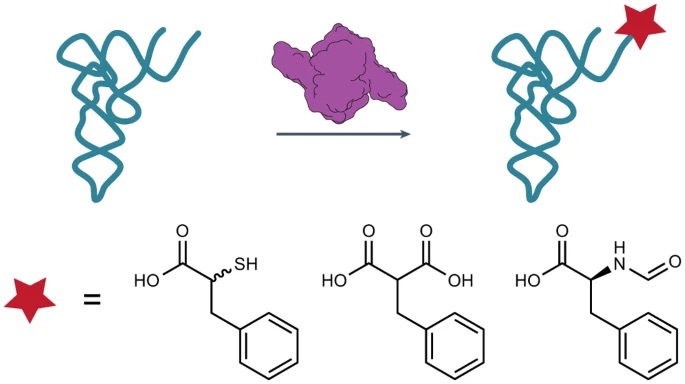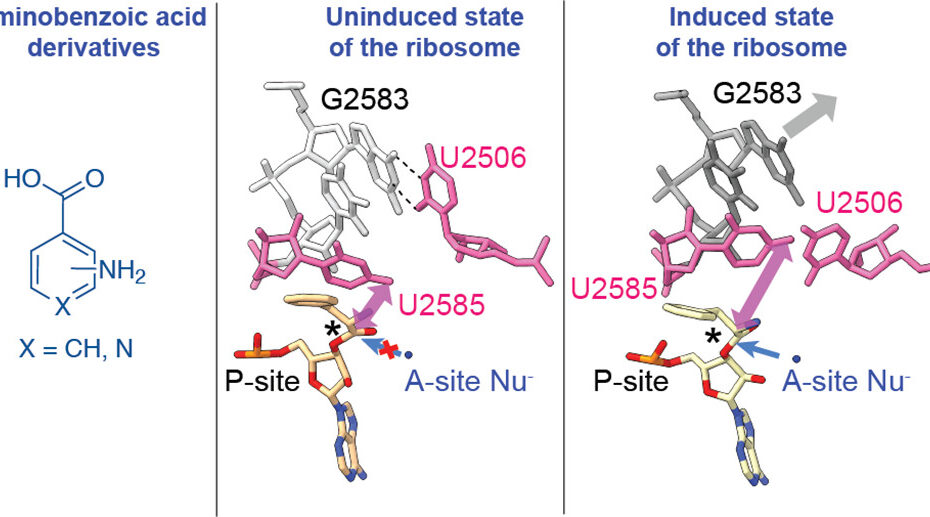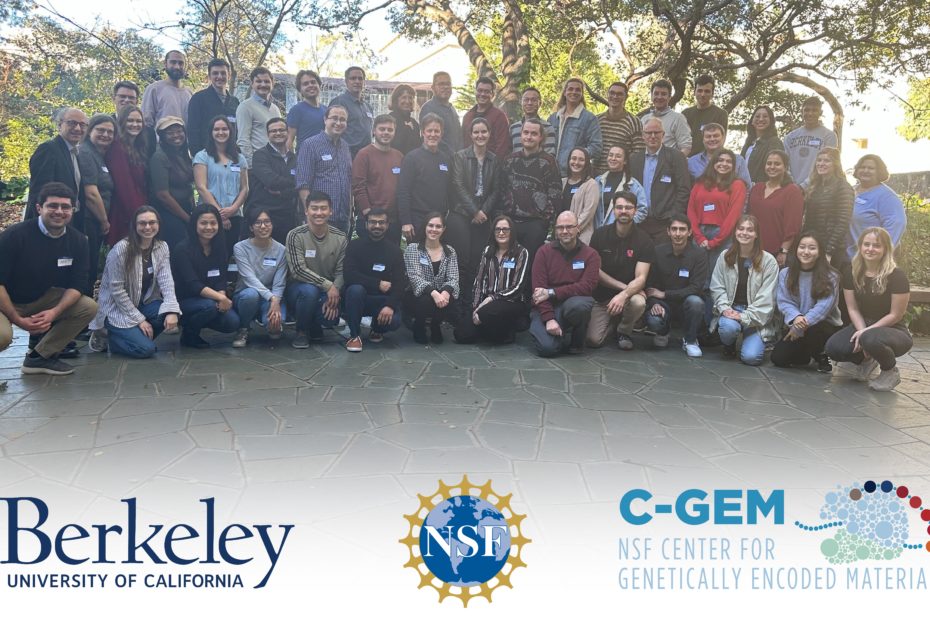New paper: Expanding the substrate scope of pyrrolysyl-transfer RNA synthetase enzymes to include non-α-amino acids in vitro and in vivo
Aminoacyl-tRNA synthetases (aaRSs) catalyze the condensation of α-amino acid monomers with tRNA. The resulting aminoacyl-tRNAs are used as substrates by the ribosome to generate natural sequence-defined bio-polymers. The ribosomal synthesis of non-natural sequence-defined bio-polymers, a major C-GEM goal, demands aaRS enzymes for monomers that are… Read More »New paper: Expanding the substrate scope of pyrrolysyl-transfer RNA synthetase enzymes to include non-α-amino acids in vitro and in vivo









